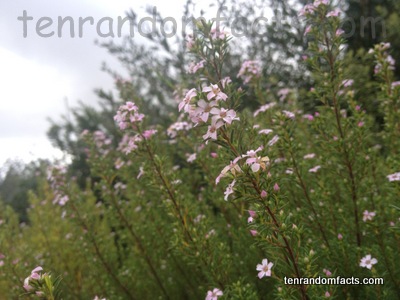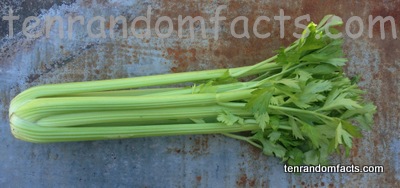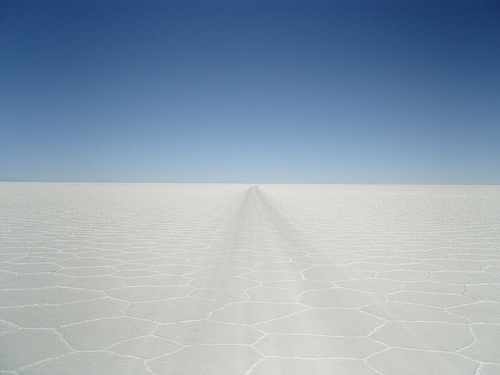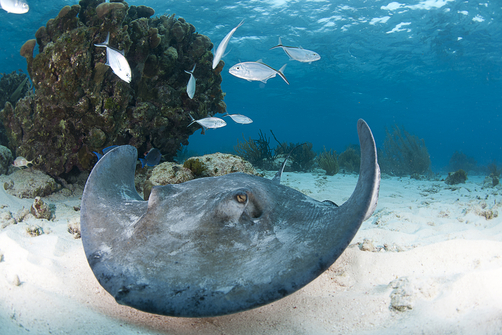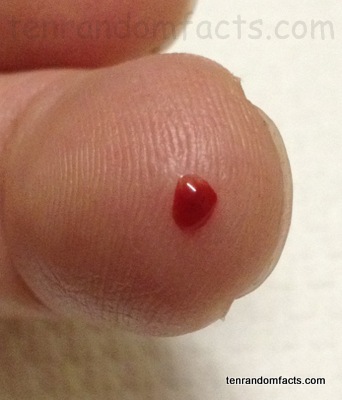
Blood is thicker than water…
- Blood is a liquid solution that every animal or person needs that transports oxygen, nutrients for cells, and body waste in the body.
- Blood contains mainly 55% plasma, which is mainly water, white blood cells and 45% red blood cells.
- Blood is pumped throughout the body by the heart muscle, and blood vessels burst if they are hurt or cut, which is called ‘bleeding’.
- Often blood terms use the prefixes ‘haemo-’ or ‘haemato-’, which comes from the Greek word for blood, ‘haima’, such as ‘haematology’, the study of blood.
- Blood makes up 7 to 8% of the weight of a human’s body and is little denser than water.
- Human blood is always red, due to the protein haemoglobin, although animal’s blood can be blue or green, but deoxygenated blood is a darker red, even though some people think it is blue, which is the way it is often depicted in diagrams.
- ‘Blood’ comes from the word ‘bluot’, which is an Old High German word for blood.
- A healthy adult has approximately 5 litres (1.3 gallons) of blood circulating in their body, although their will generally be less blood in someone who is dehydrated, since the water in the fluid is diminished.
- Blood forms in the bone marrow, typically in the leg bones in children and in the spine and central bones in adults.
- Only a few animals drink blood for nutrients, and these include female mosquitoes, ticks, leeches and vampire bats.
Bibliography:
Blood, 2013, Kids Health, <http://kidshealth.org/parent/general/body_basics/blood.html>
Blood, 2013, Wikipedia, <http://en.wikipedia.org/wiki/Blood>
Amazon:






